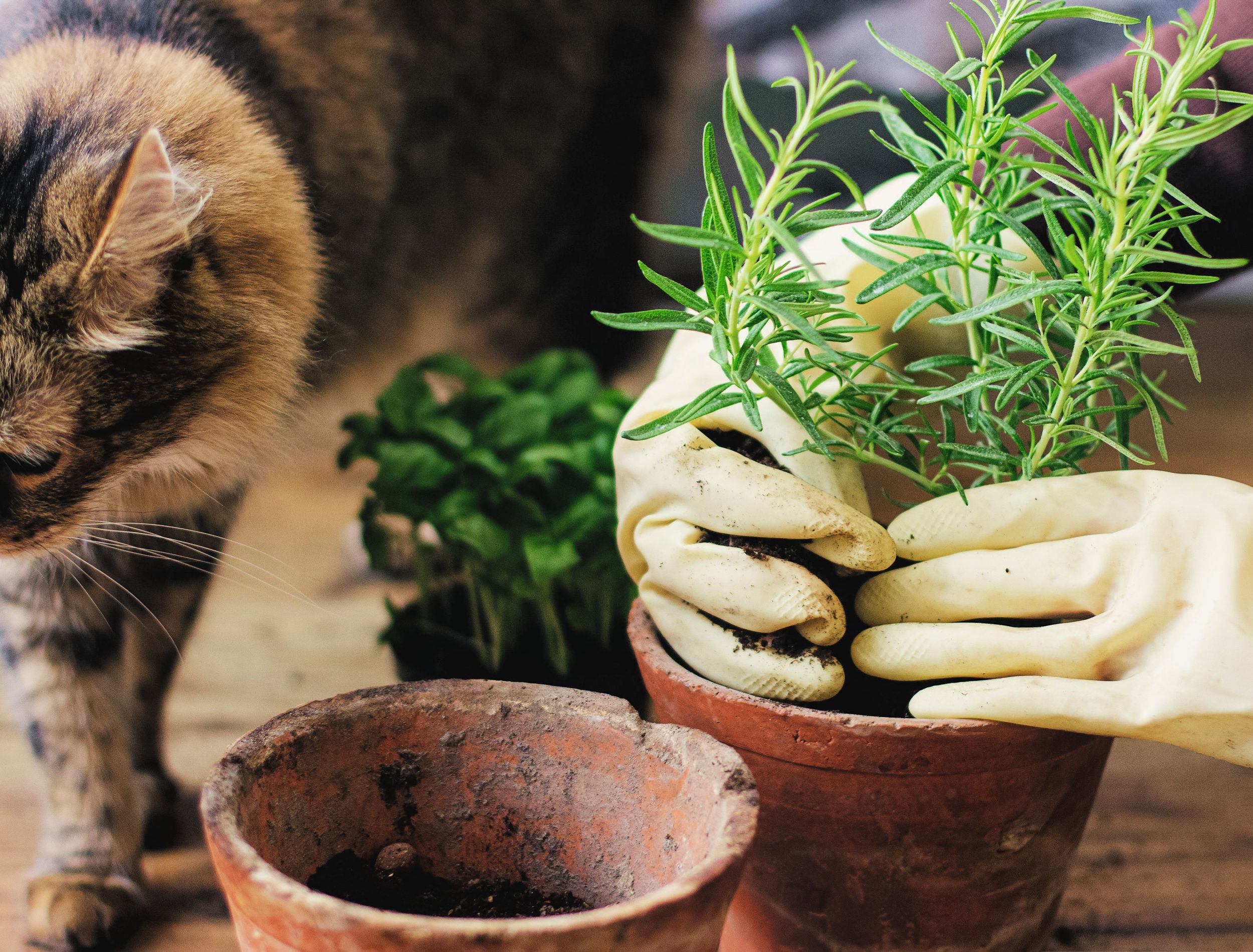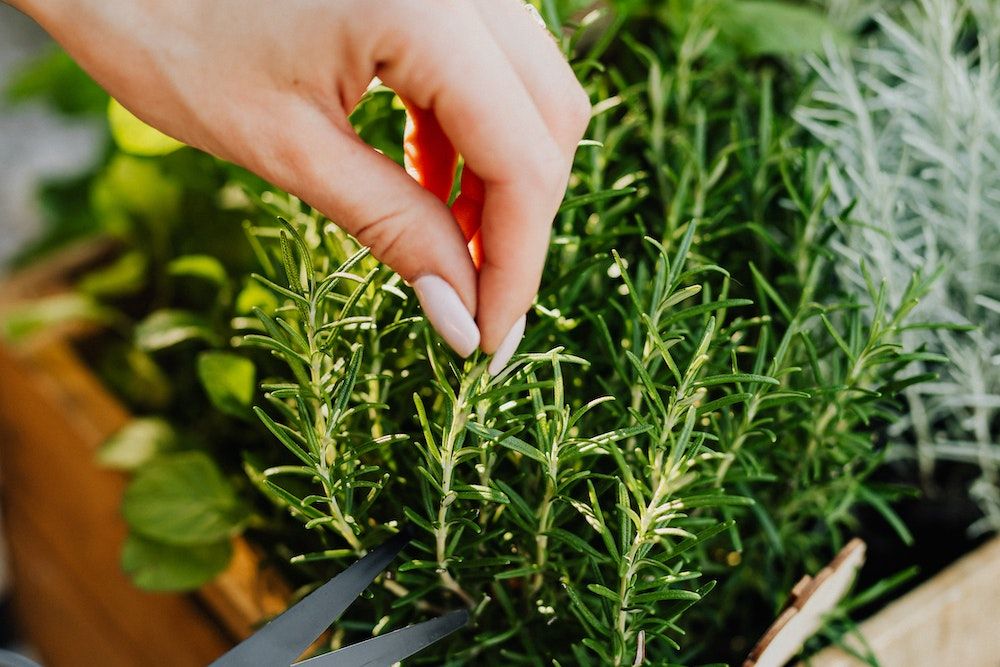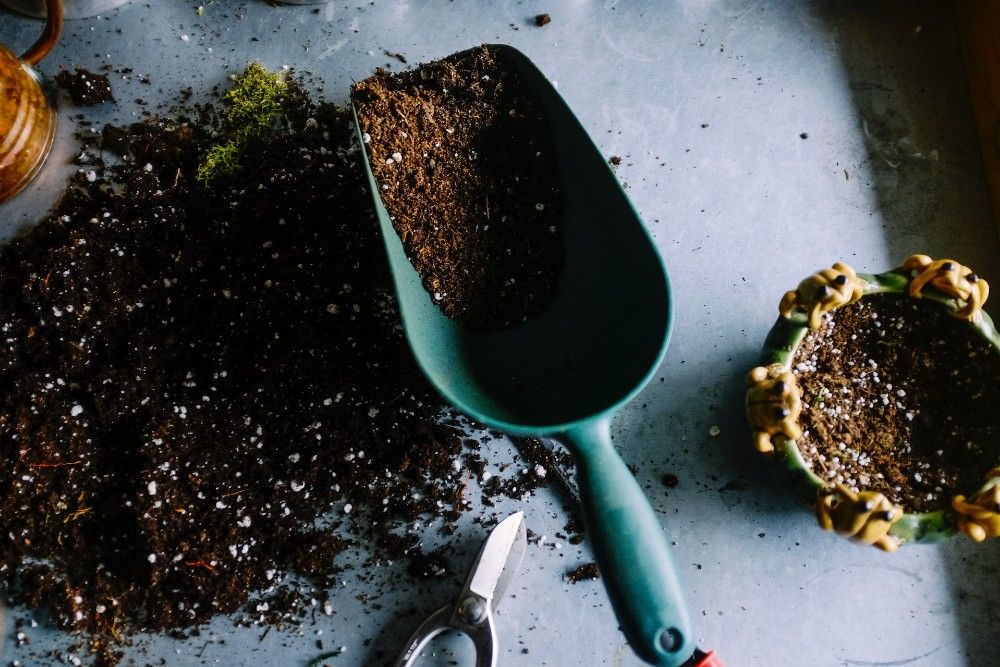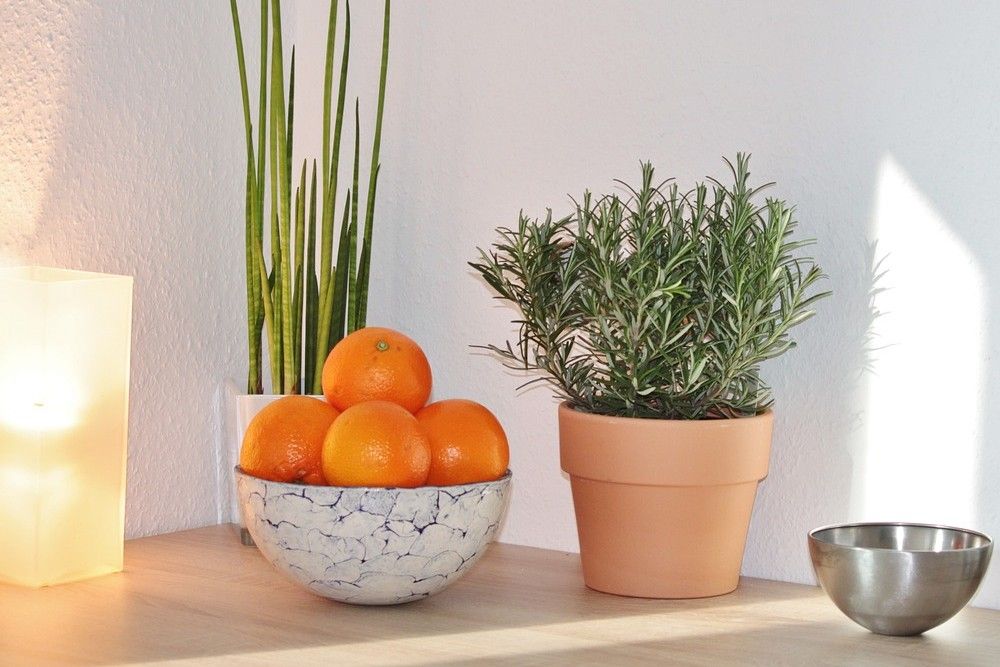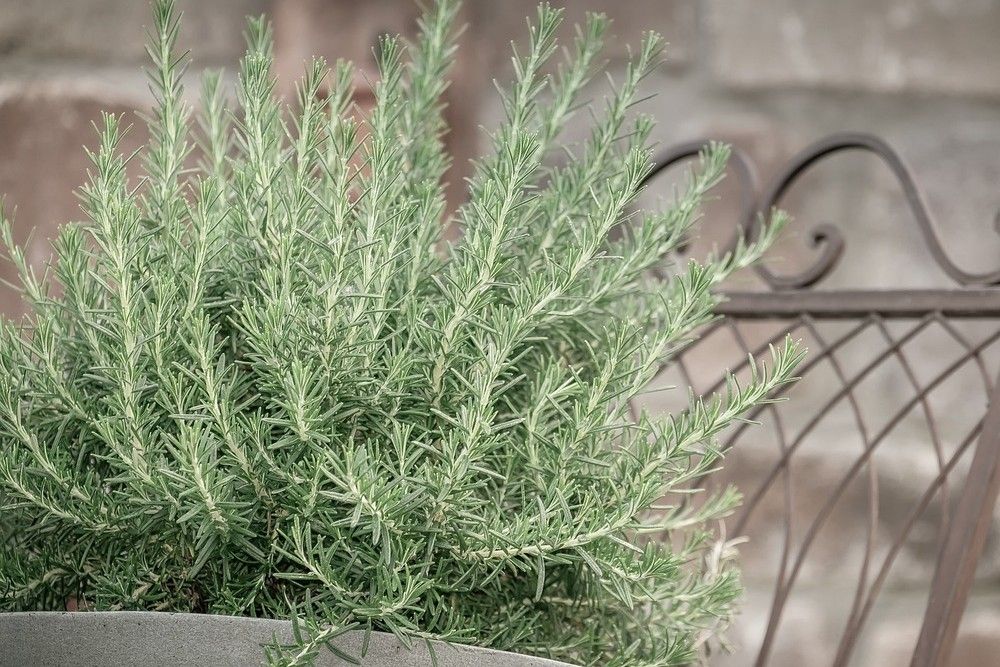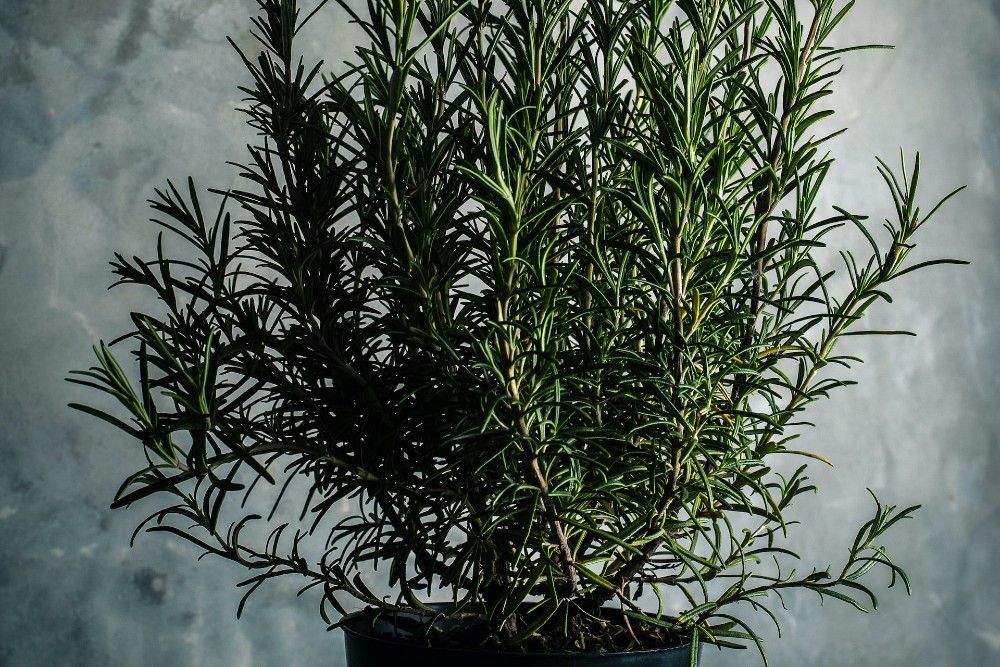Part of the mint family, rosemary is a hardy perennial herb that thrives in warm climates. Still, it’s sometimes tricky to grow indoors. Many gardeners try to save their rosemary from the harsh winter temperatures by bringing their plants inside, only for them to slowly die instead.
Whether you’re interested in bringing your plant inside or just expanding your indoor herb garden, there are a few essential steps to follow. This guide will walk you through how to grow rosemary indoors.
Materials Needed
Image credit: Karolina Grabowska via Pexels
Before you grow rosemary indoors, you’ll need some tools first, including:
- Rosemary seeds, seedlings, or plant
- Potting soil mix
- Pot(s)
- Pruning shears or scissors
Prepare the Soil
Image credit: Neslihan Gunaydin via Unsplash
Prepare your potting mix, ensuring a fertile and well-draining medium. Although rosemary does not like to dry out, it is also susceptible to root rot.
Rosemary prefers a slightly acidic environment with a pH range between 6.0 to 7.0. Fill your pot with soil, selecting one with drainage holes.
Plant Rosemary
Image credit: Lachlan Ross via Pexels
You can grow rosemary from seeds, seedlings, or by propagation. The easiest way is to pick up a seedling at your local garden center. Simply repot if the roots are poking out of the bottom, and you will soon have a good supply of rosemary for the kitchen.
To grow your rosemary from seed, sow the seeds at a depth of ¼ inch. Cover lightly with soil and spray the seeds with water. Plant a few seeds per pot, spreading them out. If too many seeds sprout and the pot becomes crowded, you can always thin them out.
The germination rate for rosemary is extremely low compared to other herbs, so it’s better to plant a few extra seeds to increase the chance of success. You can also use a heat mat to improve the odds.
The best time to grow rosemary from seed is late winter or early spring. Transfer rosemary outdoors in the summer, or leave it indoors if you prefer. Since it is a woody herb, it is slower growing and won’t be ready to harvest until at least its second year.
If you don’t want to wait to grow rosemary from seed and you have plants already or a friend with rosemary, it is simple to propagate. In fact, cuttings are how most nurseries grow their rosemary. Using pruning shears or scissors, cut a few stems that are 2 to 3 inches long and remove the bottom leaves. Place the cuttings in your pot with soil and water lightly.
Pick a Spot For Your Rosemary
Image credit: cocoparisienne via Pixabay
The key to success with rosemary indoors is finding the right spot. Rosemary can handle some indirect sunlight, especially in the winter months. However, it prefers a minimum of six hours of direct sunlight to flourish, especially in the growing season.
The tricky part is that this herb can also handle and prefers cooler temperatures at night, between 40 to 50 degrees Fahrenheit. Certain varieties, such as Tuscan Blue Rosemary, may even tolerate lower indoor temperatures.
Its requirements make it challenging to find a spot for rosemary that is both sunny during the day and cool at night. With heating units blasting to keep the home warm in the winter, the environment is less than ideal for the cool-loving herb. A sunny basement window or a partially-heated sunroom may be a good spot for rosemary.
Acclimatizing Rosemary
Image credit: Couleur via Pixabay
If you have rosemary outdoors in pots, you may consider bringing them in for the winter. Unless you live in a warmer climate, your rosemary may not survive the freezing temperatures. Acclimatizing plants to an indoor environment after flourishing outside all summer can be difficult, and rosemary is no exception. Lower light, temperature change, and watering issues can all contribute to losing your rosemary plant over winter.
First, move your outdoor plant to a more shaded location for up to a week to adjust to the lower light. Then, pick a spot for your rosemary indoors and slowly bring it inside a few hours a day. Increase the time it stays inside until accustomed to its new environment. You may also want to consider using grow lights to ensure adequate light.
Another option for overwintering rosemary is in a greenhouse. It will love the full sun during the day and the cooler nights. Overwintering in a garage or a protected porch may work as well.
Rosemary Care
Image credit: Vincent Foret via Unsplash
Growing rosemary outdoors is a bit more forgiving with its soil, but indoors, it’s a little finicky. As with most plants, you want to avoid constantly wet soil due to root rot, especially in the winter. But do not let your rosemary dry out indoors! It may not bounce back. Water it once a week or whenever the top inch of the soil feels dry.
Repot indoor rosemary yearly or when it outgrows its container. The best time is in the spring or summer months. You also want to fertilize during these months. If you provide your rosemary with the right conditions, you should have plenty of rosemary to harvest all year round. Simply cut small sprigs off as needed and enjoy!
Add Rosemary to Your Herb Garden
Growing rosemary indoors may take a bit of extra planning, but it is worth it to add rosemary to your herb garden. Its aromatic evergreen fragrance goes a long way in the kitchen. Once you have an established plant, you can enjoy rosemary for many years.
Are you growing rosemary indoors? Share your experience in the comments!

